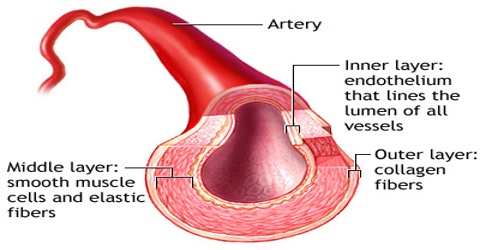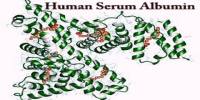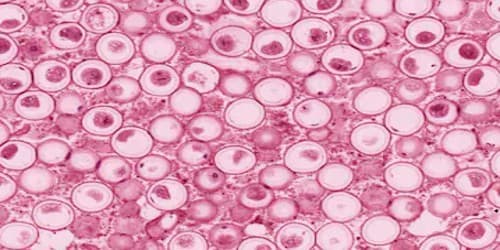About Artery
Definition
Artery is any of the blood vessels that carry oxygenated blood away from the heart to the body’s cells, tissues, and organs. Arteries are flexible, elastic tubes with muscular walls that expand and contract to pump blood through the body. Arteries are part of the circulatory system, which delivers oxygen and nutrients to every cell in the body.
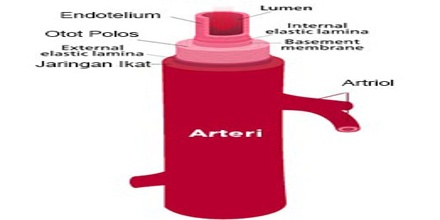
Arteries are part of the efferent wing of the circulatory system. “Efferent” from the Latin “ex”, out + “ferre”, to bear = to bear out or carry away. What the arteries are carrying away is blood from the heart.
There are two main types of arteries: pulmonary arteries and systemic arteries. Pulmonary arteries carry blood from the heart to the lungs where the blood picks up oxygen. The oxygen-rich blood is then returned to the heart via the pulmonary veins. Systemic arteries deliver blood to the rest of the body.
In developed countries, the two leading causes of death, myocardial infarction (heart attack), and stroke, may each directly result from an arterial system that has been slowly and progressively compromised by years of deterioration. Arterial formation begins when endothelial cells begin to express arterial specific genes, such as ephrin B2.
Structure and Functions of Artery
Arteries are the blood vessels that deliver oxygen-rich blood from the heart to the tissues of the body. Each artery is a muscular tube lined by smooth tissue and has three layers:
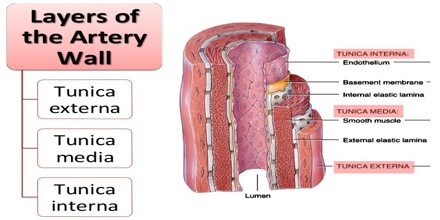
- Tunica Adventitia: It is the strong outer covering of arteries and veins. It is composed of connective tissue as well as collagen and elastic fibers that allow the arteries and veins to stretch to prevent over expansion due to the pressure that is exerted on the walls by blood flow.
- Tunica Media: It is a layer of muscle that lets arteries handles the high pressures from the heart. This layer is thicker in arteries than in veins.
- Tunica Intima: It is the inner layer of arteries and veins. In arteries, this layer is composed of an elastic membrane lining and smooth endothelium that is covered by elastic tissues.
The largest artery is the aorta, the main high-pressure pipeline connected to the heart’s left ventricle. The arteries’ smaller branches are called arterioles and capillaries. The pulmonary arteries carry oxygen-poor blood from the heart to the lungs under low pressure, making these arteries unique.
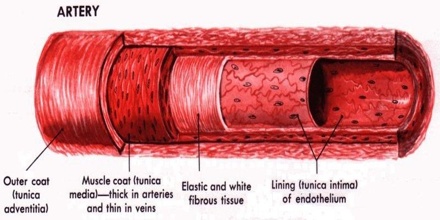
There are some functions of arteries:
- Arteries are blood vessels that carry blood away from the heart. This blood is normally oxygenated, with the exception of blood in the pulmonary artery.
- These are typically have a thicker tunica media than veins, containing more smooth muscle cells and elastic tissue. This allows for modulation of vessel caliber and thus control of blood pressure.
- The arterial system is the higher-pressure portion of the circulatory system, with pressure varying between the peak pressure during heart contraction (systolic pressure) and the minimum (diastolic) pressure between contractions when the heart expands and refills.
- The increase in arterial pressure during systole, or ventricular contraction, results in the pulse pressure, an indicator of cardiac function.
Among the ancient Greeks, the arteries were considered to be “air holders” that were responsible for the transport of air to the tissues and were connected to the trachea. This was as a result of finding the arteries of the dead devoid of blood.
Reference: medicinenet.com, thoughtco.com, webmd.com, dictionary.com, wikipedia.
